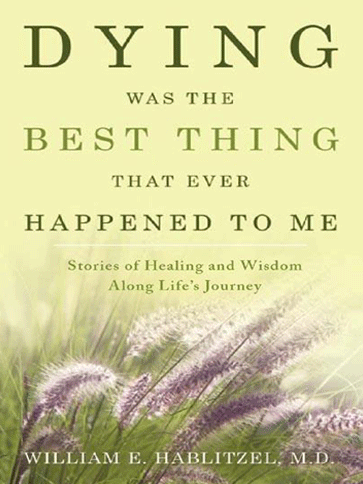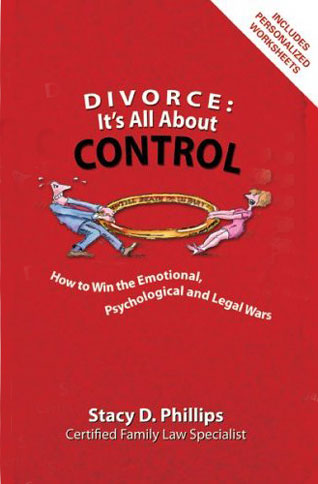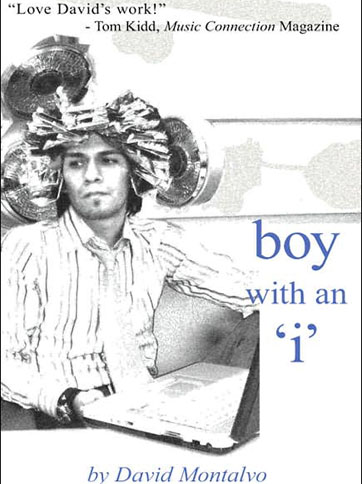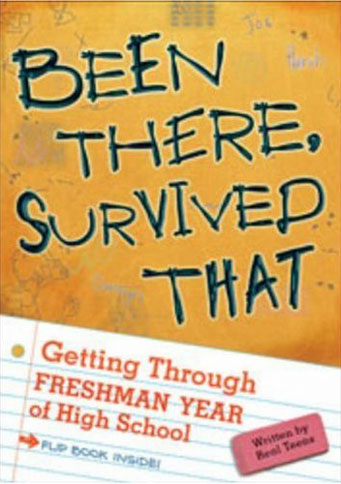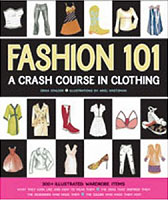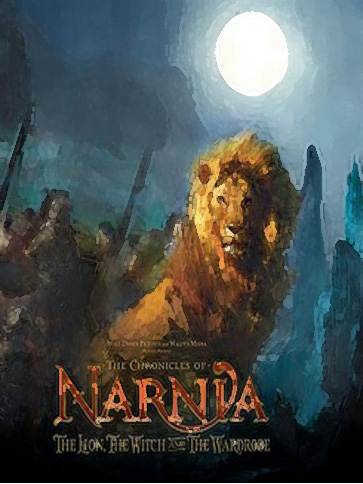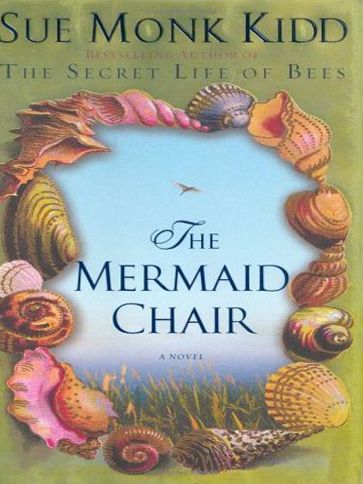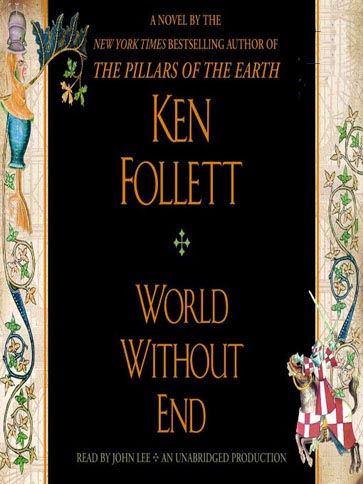Breast Cancer Answers
Practical Tips and Personal Advice from a Survivor
Judy King
PRESS RELEASE
Breast Cancer Patients May Suffer from Lack of KnowledgeCommon Sense Reference Guide Picks Up Where Doctors Leave Off
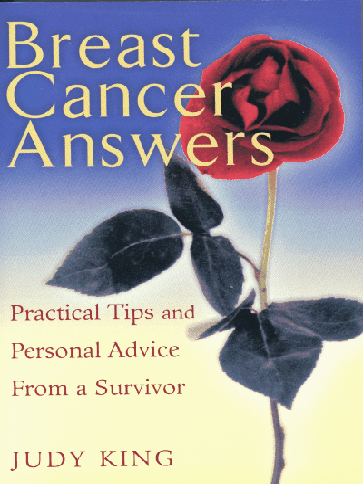 When journalist Judy King was diagnosed with breast cancer in 1999, she was advised by her insurer to undergo an immediate mastectomy. She intuitively balked at this knee-jerk course of treatment and, despite the refusal of her insurer to cover the cost, consulted three breast cancer specialists. Her persistence paid off, as she soon discovered that chemotherapy was the best first treatment for her situation.
When journalist Judy King was diagnosed with breast cancer in 1999, she was advised by her insurer to undergo an immediate mastectomy. She intuitively balked at this knee-jerk course of treatment and, despite the refusal of her insurer to cover the cost, consulted three breast cancer specialists. Her persistence paid off, as she soon discovered that chemotherapy was the best first treatment for her situation.
In the United States a woman is diagnosed with breast cancer every two minutes. As a result, women all over the country are working hard to raise awareness about this deadly disease and to help others through it. One such woman is Judy King, author of Breast Cancer Answers—Empowering and Encouraging Patients and Their Caregivers, a new release from Listo Publications.
King’s work offers common sense solutions to the everyday challenges faced by the 211,000 women and men diagnosed with breast cancer each year. Her personal experience and subsequent research uncovered a surprising difficulty in finding information addressing common quality-of-life issues that arise during and after treatment
The doctor’s staff may be so familiar with cancer that they forget new patients aren’t and they need to know some basic information. King says, “The newly diagnosed don’t even know what questions to ask beyond treatment decisions—questions that are as basic as, ‘Will I be able to continue working?’ or ‘What should I tell my friends—or should I even tell them at all?’ Women wonder about reconstruction, what they’ll do if they lose their hair, or what to eat at various stages of treatment.” Many patients are surprised at the anger they feel or the depression that comes after treatment is finished.
Breast Cancer Answers began with Judy’s personal journey and is the culmination of four years of research and consultations with medical experts in many fields, who enthusiastically endorse the project.
-Excerpted from an Event Management Services Inc. Press Release
1127 Grove Street
Clearwater, FL 33755
For more information, please see www.breastcanceranswers.info
